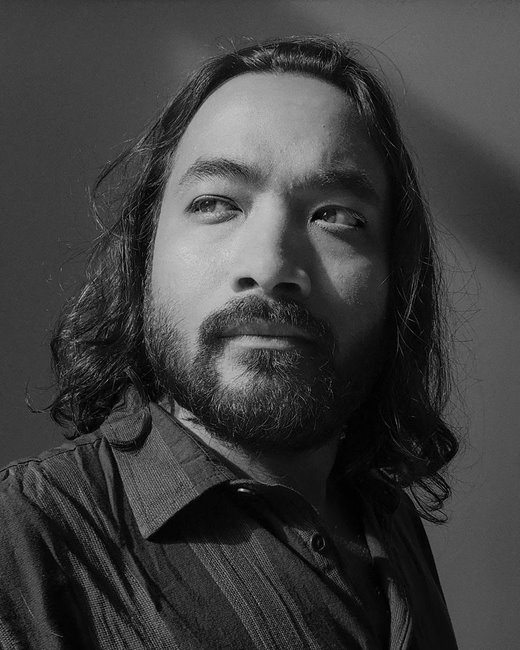Amjad Farman arrived in Lincoln, Nebraska, USA, from a refugee camp in Turkey, where he had fled because the extremist group ISIS were persecuting Yazidi people in Iraq. He works in a chicken processing plant in Lincoln.
The stories of migrants working in the US meatpacking industry sheds light on the lives many migrants lead once they reach their destination. The industry, which prepares meat for human consumption, is dominated by large industrial firms, with four companies controlling 70% of nationwide beef production. Immigrant labor makes up a large proportion of workers in an industry known for its long shifts and strenuous working conditions, and where English language skills are not essential. Nationally, immigrants make up 37% of the meat industry labor force, according to the Migrant Policy Institute. In some states, such as Nebraska and South Dakota, that rises to well over half the workforce.
In April 2020, former US president Donald Trump called the meat industry part of the nation’s critical infrastructure, saying plants should remain open despite the COVID-19 pandemic. According to the US Department of Labor, meatpacking workers are exposed to a range of bacteria and viruses, and are at increased risk of illness. COVID-19 spread quickly in an industry where workers operated in close proximity to each other. A study by the US-based Environmental Working Group found that counties with or near meatpacking industries reported twice the national average rate of COVID-19 infection. This was exacerbated by the fact that consolidation in the industry has led to meatpacking plants being located in clusters, and because people in difficult economic circumstances, or who are dependent on overtime pay, may feel a financial pressure to turn up for work, despite the risks.
The photographer, himself an immigrant living permanently in the US, is interested in other immigrants’ stories, and wanted to look into the people behind the scenes in the US’s huge food-supply industry.

